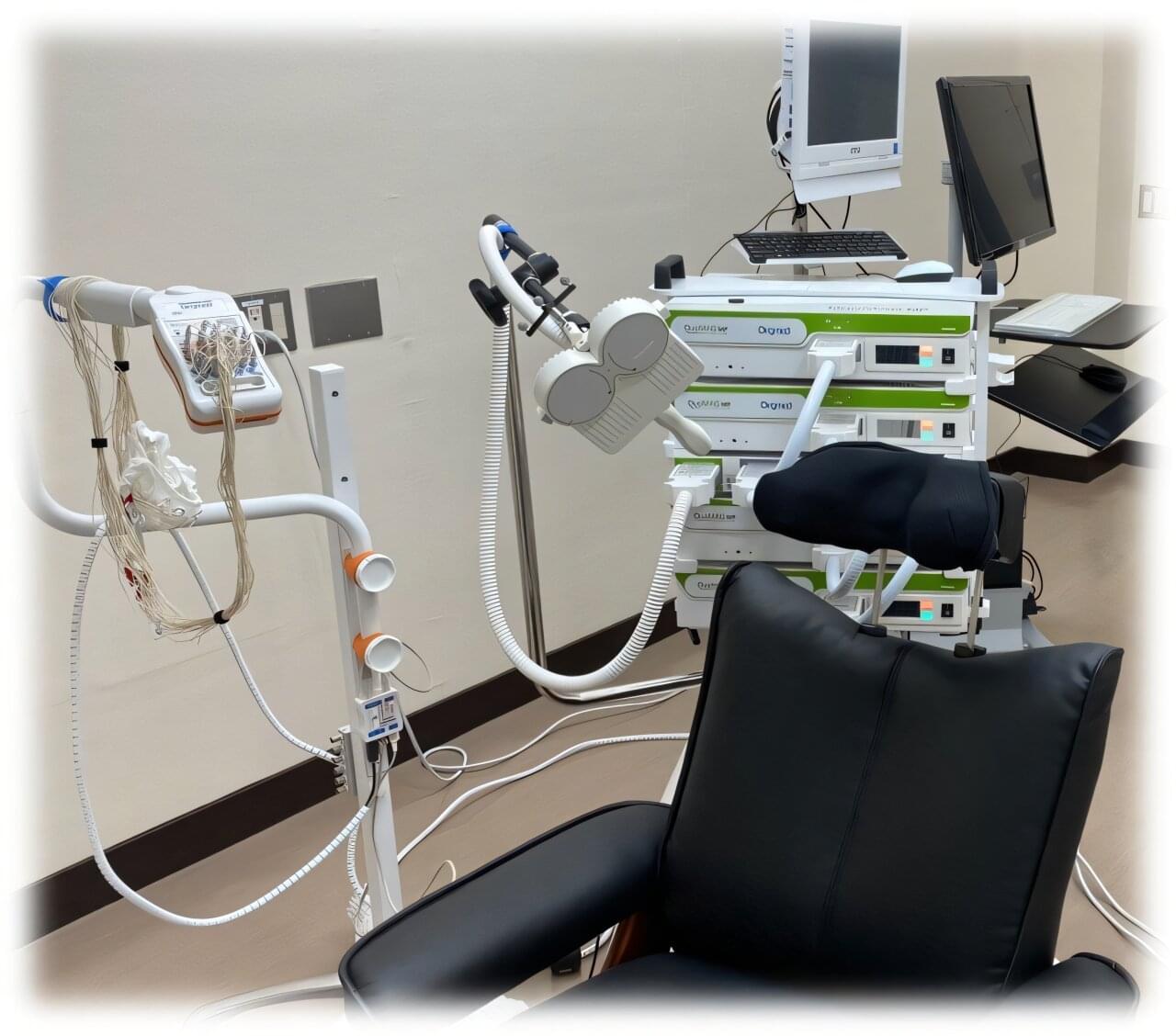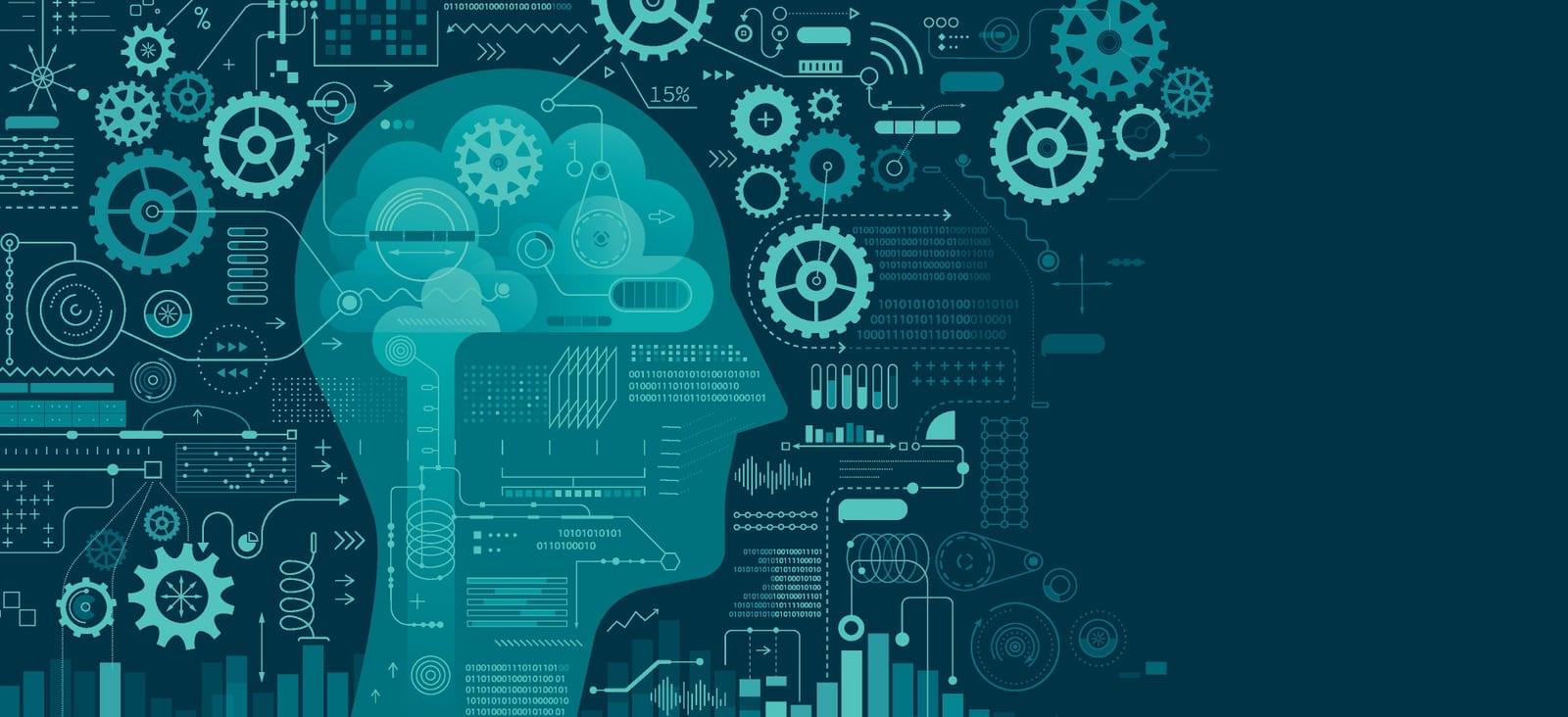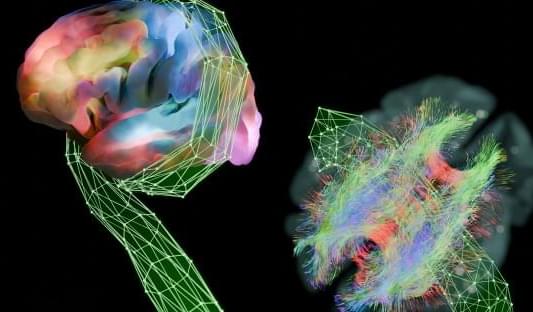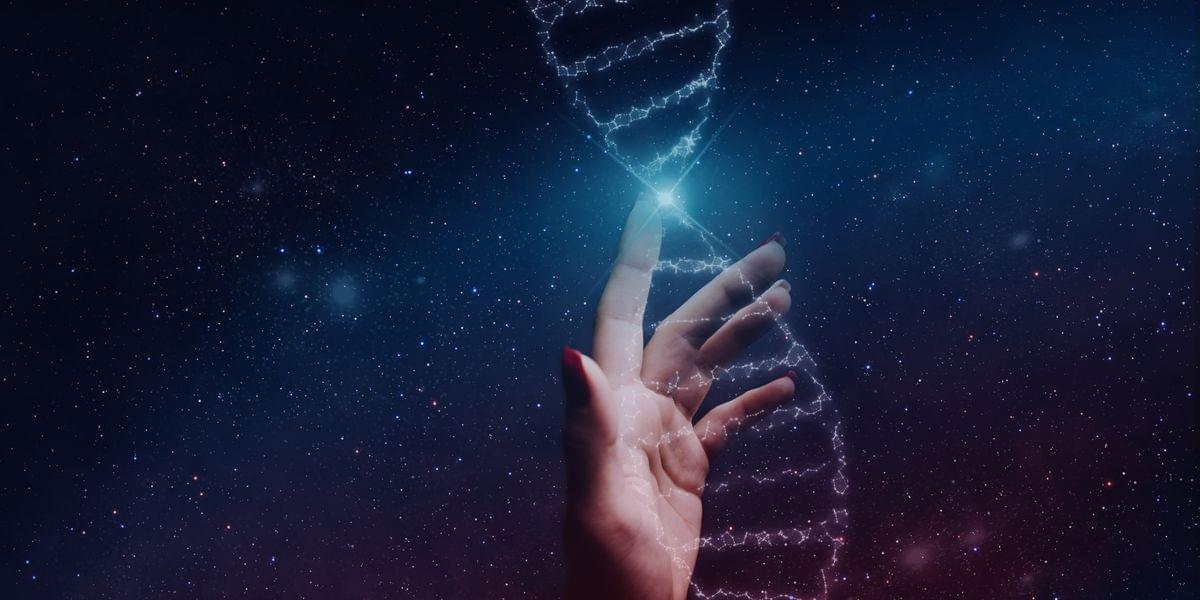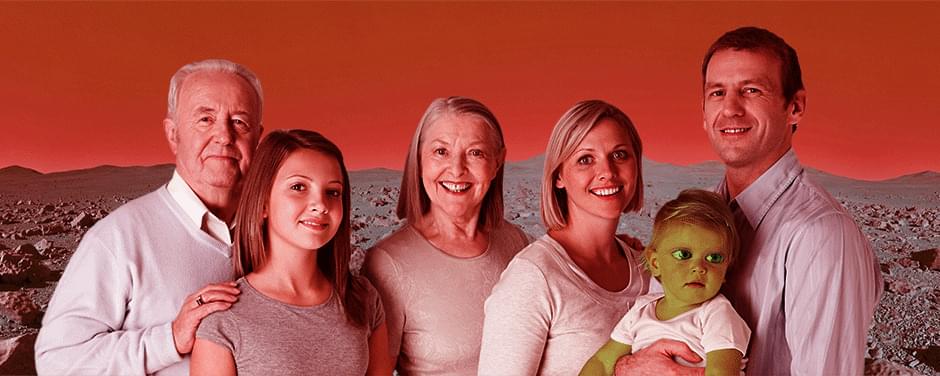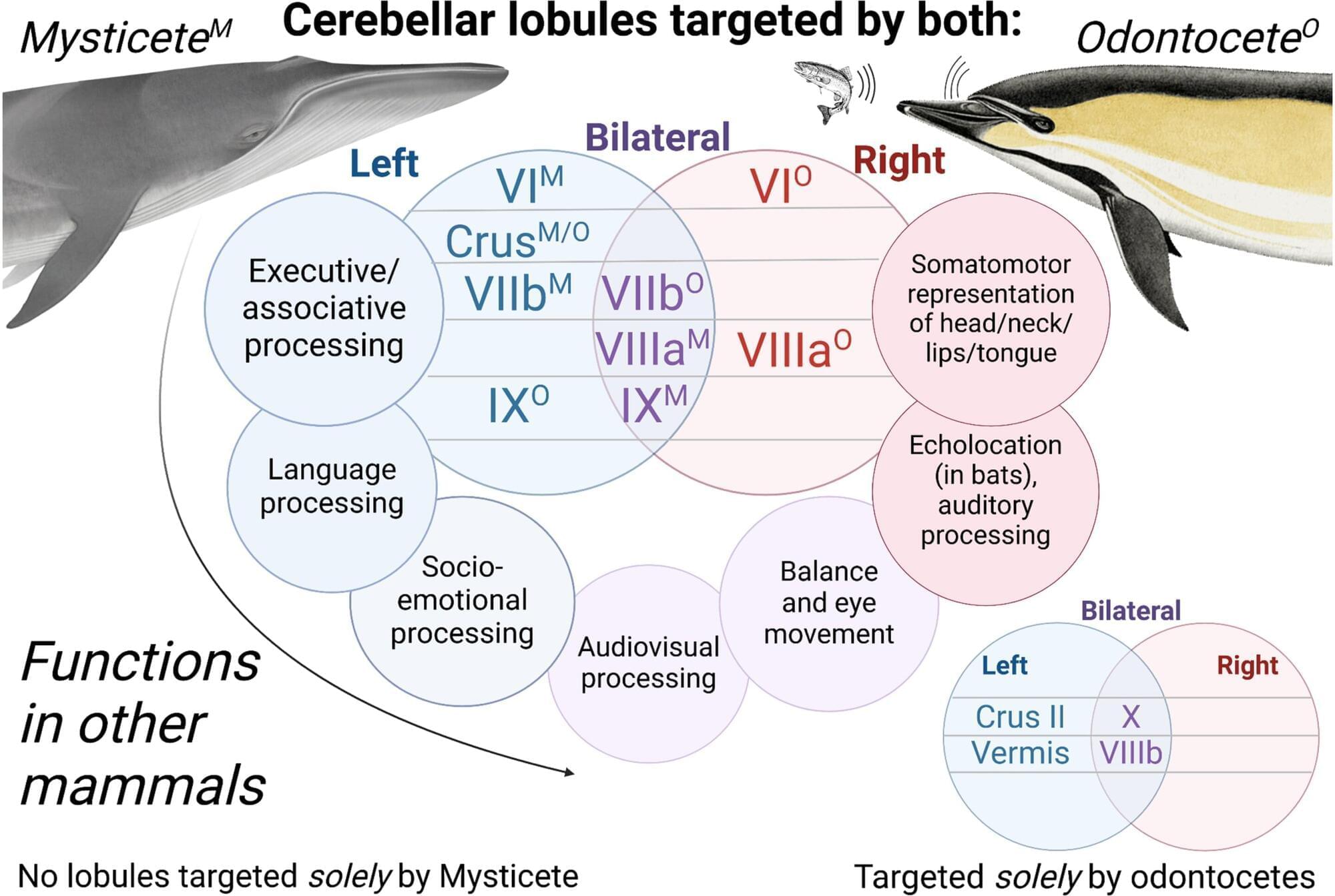Some autistic traits related to challenges with social interaction, mental flexibility and visual perception could be alleviated through a new, noninvasive therapy. A team of researchers, including those from the University of Tokyo, found that stimulating nerve cells when the brain becomes “stuck” in a certain state improves flexibility and relieves some autistic behaviors. The procedure utilized transcranial magnetic stimulation (TMS), which is already used to treat certain mood disorders, in a novel manner.
The study is published in the journal Nature Neuroscience.
Over 40 adults with a mild form of autism participated, and the therapeutic effects lasted for up to two months after the last session. This study could contribute toward projects enabling new treatments.
